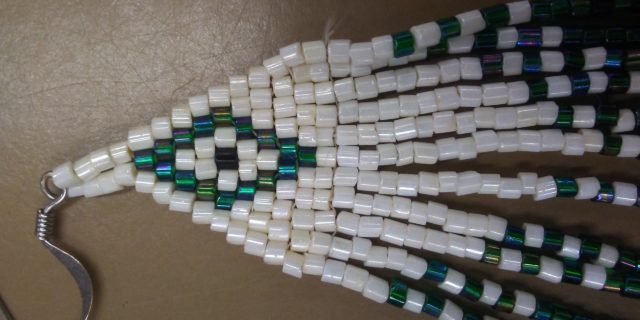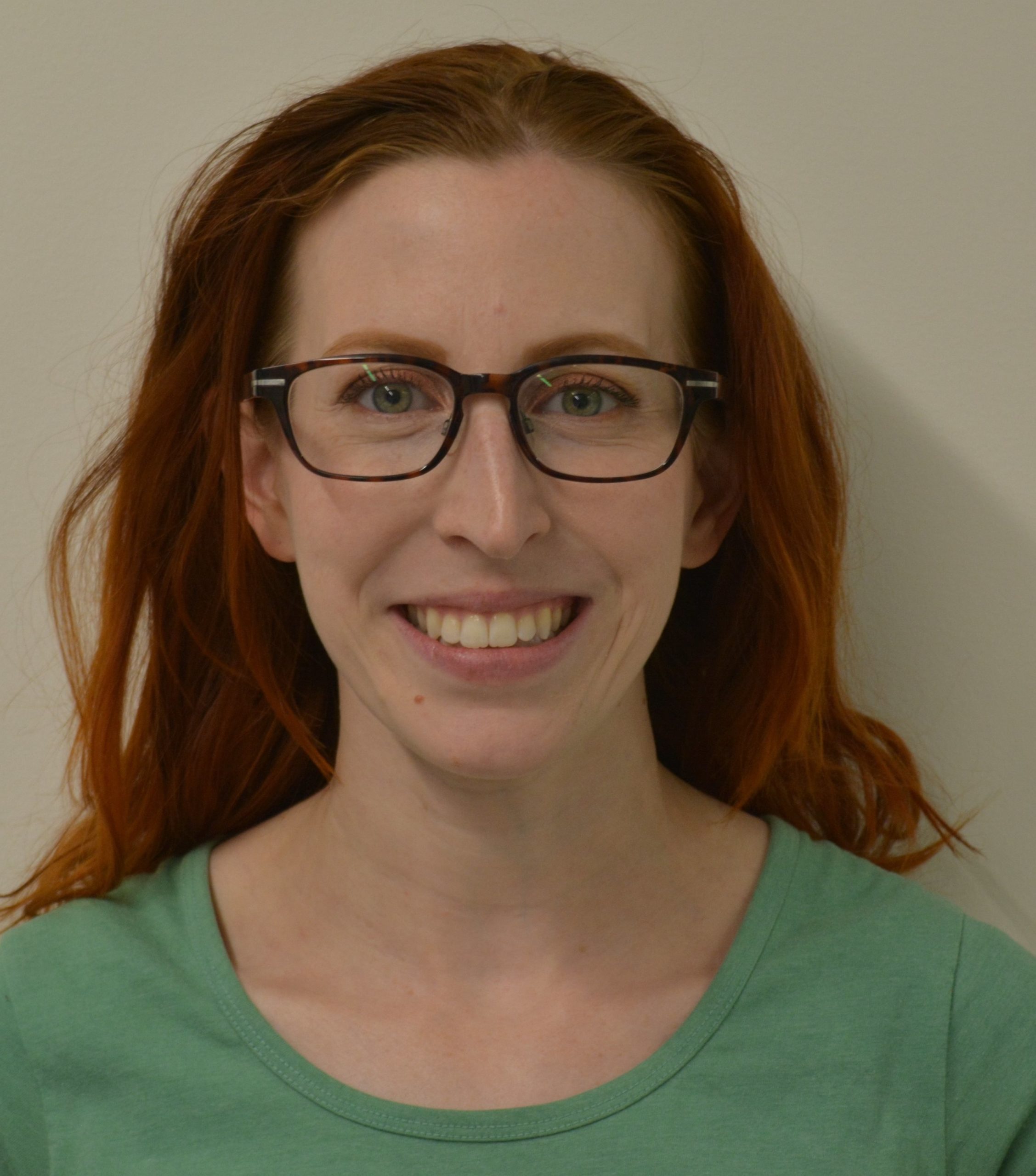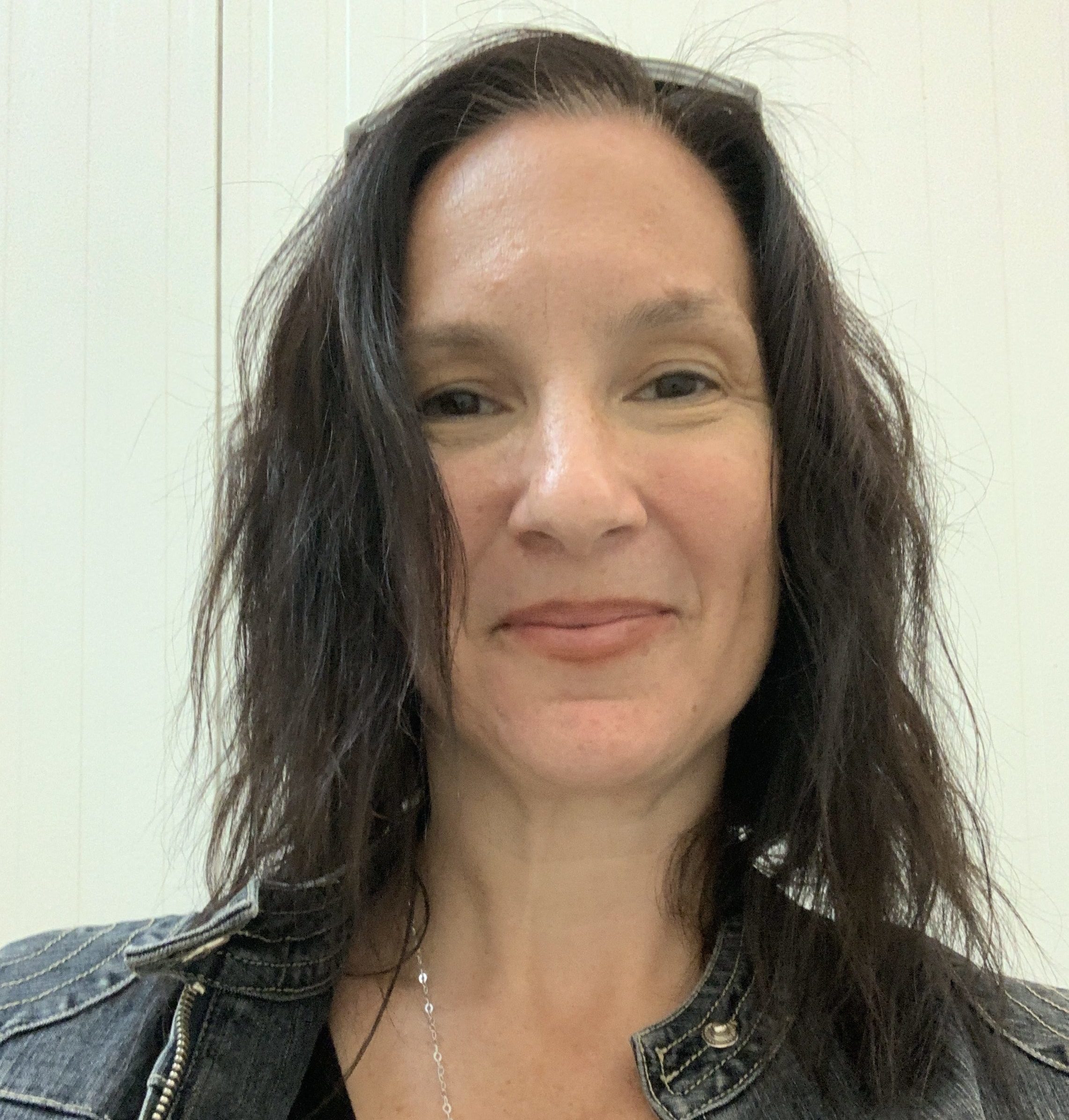
By
Sarah Plosker and Catherine Mattes
October 2020
Print Version
What you need to know
In a collaboration between the two authors, a course assignment was created for Linear Algebra II - a course Sarah Plosker taught from September to December 2019. This course attempts to see if learning beadwork is useful in students' understanding of linear algebra.
With this research, the authors posed the question "How can culturally appropriate topics be integrated into the course curriculum?" This unique project is a cross-discipline collaboration that started after a chance meeting at a Sharing Circle on campus. The project is, in part, a response to the Truth and Reconciliation Commission of Canada: Calls to Action.
Why this research is important
As teachers, we quickly realize that not everyone learns best by reading from a textbook. To address this fact, we wanted to create a course assignment that was based on the Four R's of First Nations and Higher Education:
- Respect
- Relevance
- Reciprocity
- Responsibility
We considered the beadwork assignment a testimony to the potential for increased learning through kinetic and culturally-specific learning.
How this research was conducted
Students were given an in-class demonstration of beading earrings by Cathy Mattes and her research assistant Justine Hutscheson. It included a hands-on activity as well as a short history lesson.
One example that came up was the idea of the beadwork needle implementing a linear transformation (a somewhat abstract concept in linear algebra), which took, for example 4 beads on the thread that were in a straight line. By stinging the needle through the beads in a certain way, you could get the beads to line up as a 2 x 2 square. Depending on how many colours of beads you were using, this action would be invariant under reflection, rotation, or other common transformations (that is, you could flip or rotate the square of beads, and it would look the same). We could also use beadwork to explain injective, surjective, and invertible linear transformations. (for injectivity and surjectivity, the idea would be to compare the number of beads on the thread before and after each step in making the earrings; for invertibility, the idea was that if you made a mistake in threading the needle the wrong way through a bead, you could undo your mistake).
Students then followed up by attending a beading session at the Indigenous Peoples’ Center on campus. Finally, students were asked to write a brief reflection on the connection between the beadwork and linear algebra at the end of the semester.
What the researchers found
We found that Math students are not used to learning through art-making, nor writing assignments where there is no ‘right answer.’ Some struggled with the challenge, yet they had positive attitudes and persevered. In the end, their learning processes and written reflections were all distinct, and their personalities and interests shone through. Students discussed the connections between the beadwork and specific topics we covered in class, as well as topics from the other math and computer science courses they have taken, and general connections with respect to problem-solving and displaying information meaningfully.
How this research can be used
We hope this can be used as an example of how to bring Indigenous knowledge into the classroom. As well, a better understanding of how learning through creating art objects, like beaded earrings, may provide options for alternative forms of teaching and learning math. Lastly, the research provides a mapping of how educators can collaborate in providing learning opportunities founded on Indigenous knowledges and relationship-building.
Acknowledgements
The authors would like to thank the Brandon University Research Ethics Committee (BUREC) for their time and assistance, Justine Hutscheson, and the BU Beading Babes for their support.
About the Researchers
Keywords
- culturally relevant mathematics
- culturally relevant science
- Indigenization
- Indigenous learning
- university education
Editor: Christiane Ramsey
Read more BU Research
Research at Brandon University follows comprehensive policies designed to safeguard ethics, to ensure academic integrity, to protect human and animal welfare and to prevent conflicts of interest.


